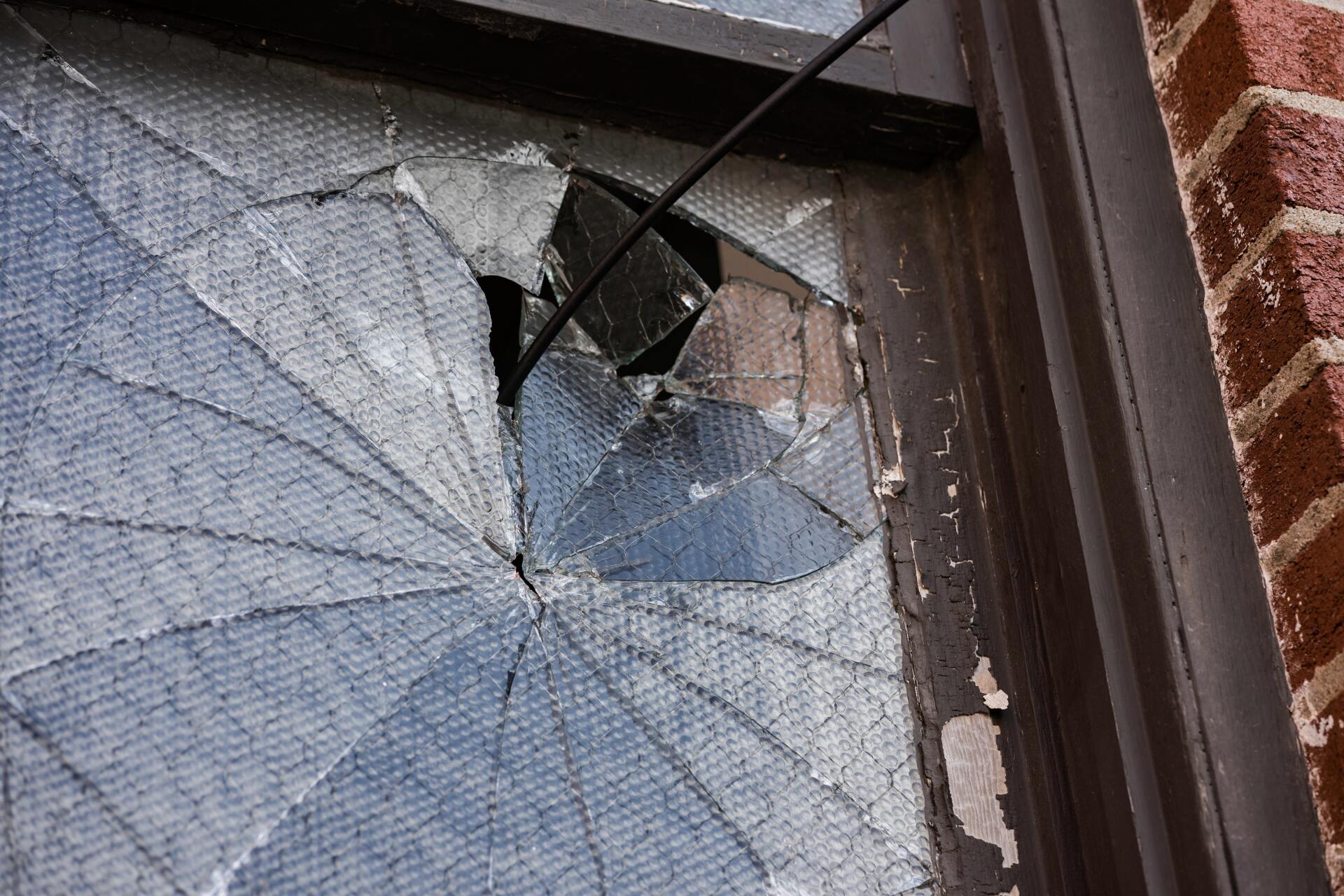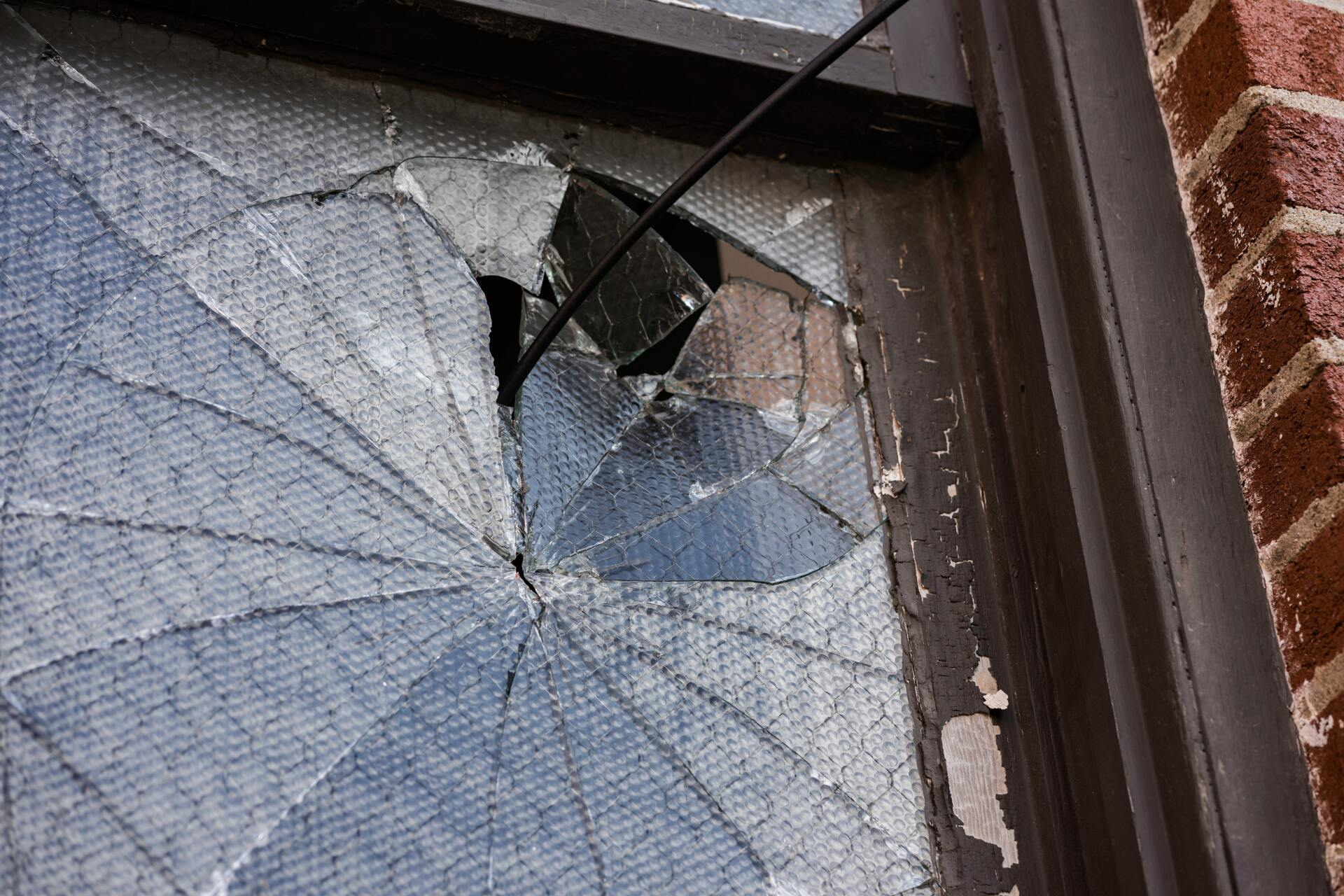Are you prepared for Awaab's law?
Everyone working in the housing sector remembers the tragic death in December 2020 of Awaab Ishak. He died from exposure to mould in his family’s social housing property in Rochdale.
Awaab’s death has led to a change in legislation with more duties placed upon social landlords (there are proposals for these new duties to be extended to the private sector). This followed a consultation by the Conservative Government about how the proposals should be implemented.
Parliament has now passed Awaab’s law into legislation. This can be found in Section 42 of the Social Housing (Regulation) Act 2023, which inserts a new Section 10A into the Landlord and Tenant Act 1985.
Significantly, the new law has retrospective effect. All tenancies and leases, even those existing before the Act comes into force, will be caught by its provisions. That means landlords will need to address existing problems and defects in line with their new duties.
Regulations on their way
Section 42 also states that regulations will be brought into force. These will set out the conditions that will need to be met and the time limits that will apply.
The Regulations are not yet in force, but the consultation proposed the following in terms of scope and time limits
.
Scope
It has been proposed that Awaab’s Law should apply to all 29 health and safety hazards set out by the Housing Health and Safety Rating System (HHSRS) – not just damp and mould.
The proposed threshold for hazards under the new law is that they could pose a significant risk to the health or safety of the actual resident.
Time limits
Similar to the timescales put forward by Awaab Ishak’s family, the new law proposes that landlords:
- Investigate hazards and provide residents with a written summary within 14 days
- Begin repairs within a further 7 days and satisfactorily complete them within a reasonable period of time
- Make emergency repairs within 24 hours
- Social landlords must secure suitable alternative accommodation if the repairs cannot be completed in a reasonable timescale and where the hazard poses a significant risk, harm or danger to residents.
What qualifies as an emergency repair?
The consultation document defines this as hazards that present “a significant and imminent risk of harm”.
Defences
There is a defence. To rely on it, associations will have to show that all reasonable endeavours have been made to avoid the breach of tenancy agreement. This will require a clear paper trail along with concerted efforts to try to resolve the issue.
What do you need to do to prepare?
We await the date that the Regulations are to be brought into force. That is expected to be sometime this year. Once the Regulations become law, implementation could follow swiftly.
- Your association will need to be ready to meet the short time limits set out above. Equally, you will need to be confident that your contractors are able to meet the timescales for repair.
- You may need to implement a system (or update their current asset management system) to record reported issues that could be caught by the new law and mark those repairs as priorities to be resolved within the new timescales
- You may also need to consider decant accommodation more often than you would normally do at present.
To prepare, we suggest that all associations make sure they are on top of those properties where there is a housing condition (disrepair) claim intimated or where there is a complaint about repairs.
Wherever there is a hazard present under the HHSRS, your association will need to be able to act quickly.
At CobbWarren, we can advise you on all your options for these forthcoming changes. Contact us today to speak to one of our specialist housing solicitors.






